Explore Jeju Island: Seasonal Travel Itineraries You’ll Love
Jeju Island, often referred to as the “Hawaii of South Korea,” offers an array of natural wonders, cultural heritage sites, and unique experiences. Whether you are an aspiring travel blogger or a seasoned traveler, Jeju Island has something for everyone, no matter the season. This guide will provide you with tailored itineraries for each season, practical travel tips, and a few lesser-known attractions to enhance your visit.
Spring (March to May)
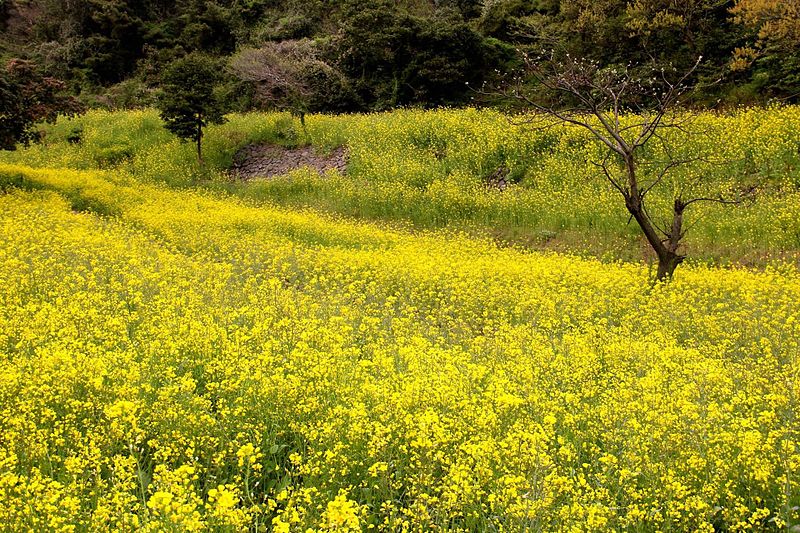
Blossoming Beauty and Cultural Sites
Spring is the season of cherry blossoms and canola flowers in Jeju Island. This period is perfect for nature lovers and those interested in cultural heritage.
Day 1: Cherry Blossom Festival
- Jeju National University: Start your trip by visiting Jeju National University, where cherry blossoms are in full bloom.
- Jeju Cherry Blossom Festival: Held in early April, the festival features various cultural performances and local food stalls.
Day 2: Canola Flower Fields and Seongsan Ilchulbong
- Seopjikoji: Head to Seopjikoji to witness the stunning canola flower fields against the backdrop of the sea.
- Seongsan Ilchulbong (Sunrise Peak): Climb this UNESCO World Heritage site for a breathtaking view of the sunrise.
Day 3: Cultural Heritage and Local Cuisine
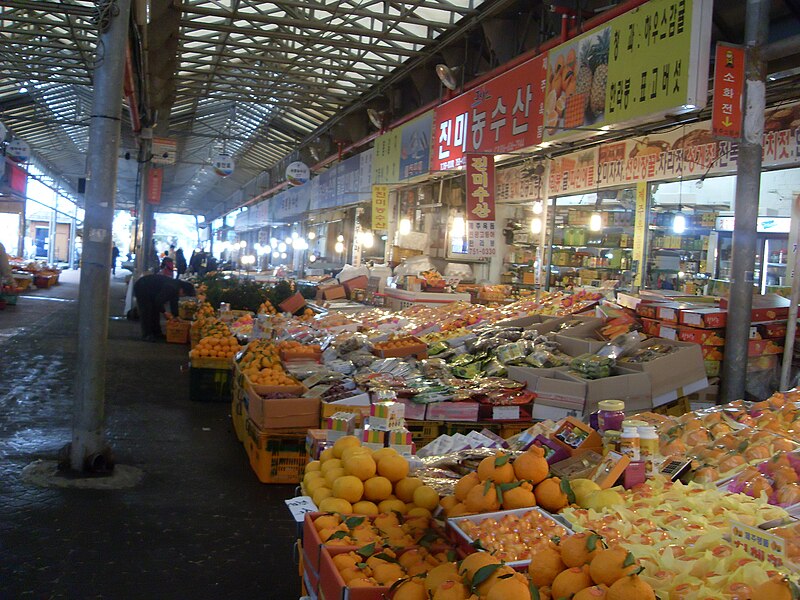
- Jeju Folk Village Museum: Explore traditional Jeju culture and architecture.
- Dongmun Market: Sample local delicacies such as black pork, seafood, and fresh produce.
Summer (June to August)
Beach Fun and Outdoor Adventures
Summer in Jeju is ideal for beachgoers and outdoor enthusiasts. The warm weather allows for various activities, from hiking to water sports.
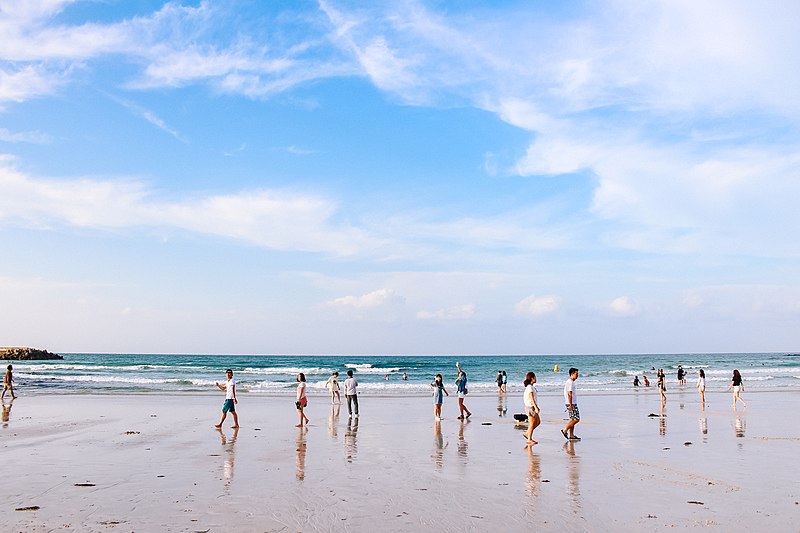
Day 1: Beach Day
- Hyeopjae Beach: Enjoy the white sandy shores and clear blue waters. This beach is perfect for swimming and snorkeling.
- Hallim Park: Nearby, you can visit Hallim Park, which features botanical gardens and lava caves.
Day 2: Waterfalls and Hiking
- Cheonjiyeon Waterfall: Visit this picturesque waterfall, which is beautifully illuminated at night.
- Jeju Olle Trail: Hike one of the many Olle Trails that wind through coastal paths, forests, and villages.
Day 3: Jeju Glass Castle and Local Markets
- Jeju Glass Castle: A unique theme park featuring stunning glass art and sculptures.
- Seogwipo Maeil Olle Market: Experience the local market culture and try street food like hotteok (sweet pancakes) and tteokbokki (spicy rice cakes).
Autumn (September to November)
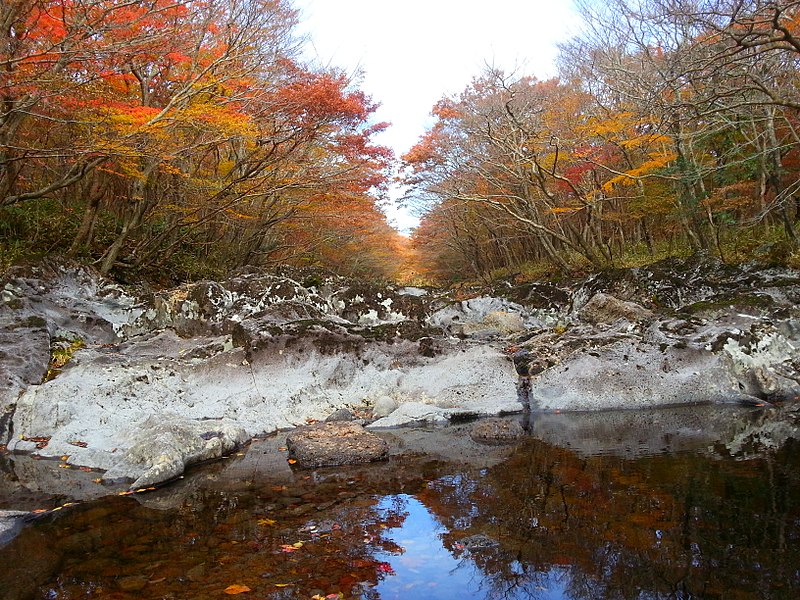
Scenic Views and Harvest Festivals
Autumn brings cooler temperatures and vibrant foliage. This season is perfect for scenic drives and experiencing local festivals.
Day 1: Hallasan National Park
- Hallasan National Park: Hike up Hallasan Mountain, South Korea’s highest peak, and enjoy the autumn colors.
- Eoseungsaengak Trail: For a shorter hike, this trail offers stunning views of the crater lake.
Day 2: Scenic Drives and Coastal Views
- Jeju Scenic 516 Road: Drive through this scenic route to enjoy the fall foliage.
- Manjanggul Cave: Explore one of the longest lava tubes in the world.
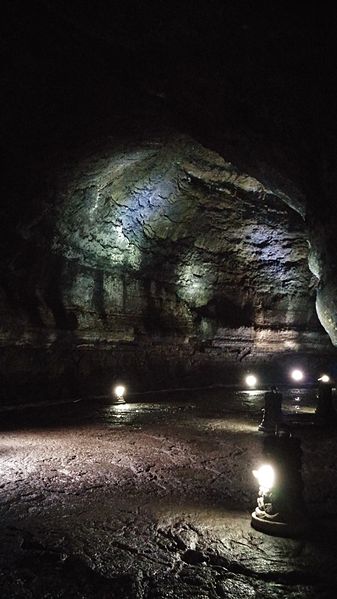
Day 3: Local Festivals and Cuisine
- Chuseok Festival: Experience traditional Korean harvest festival activities, including folk games and special food.
- Black Pork Street: Savor Jeju’s famous black pork at one of the many restaurants in Jeju City.
Winter (December to February)
Day 1: Snowy Landscapes and Hot Springs
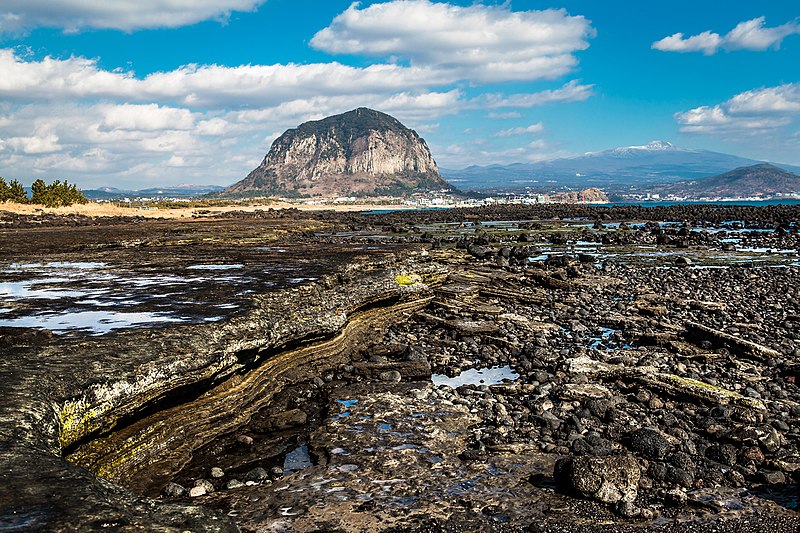
- Hallasan Mountain: Visit the snow-covered Hallasan for a winter wonderland experience.
- Sanbangsan Hot Springs: Relax in the hot springs with a view of the ocean.
Day 2: Indoor Attractions
- Jeju Loveland: An outdoor sculpture park with a playful theme, suitable for adults.
- Jeju Teddy Bear Museum: A family-friendly museum showcasing an impressive collection of teddy bears from around the world.
Day 3: Local Culture and Shopping
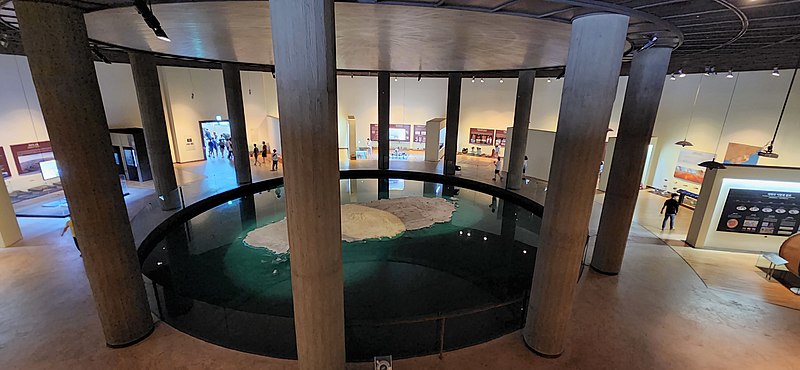
- Jeju Stone Park: Learn about Jeju’s geological history and folklore.
- Jeju Jungang Underground Shopping Center: Shop for souvenirs and local products in this extensive underground market.
Practical Travel Tips
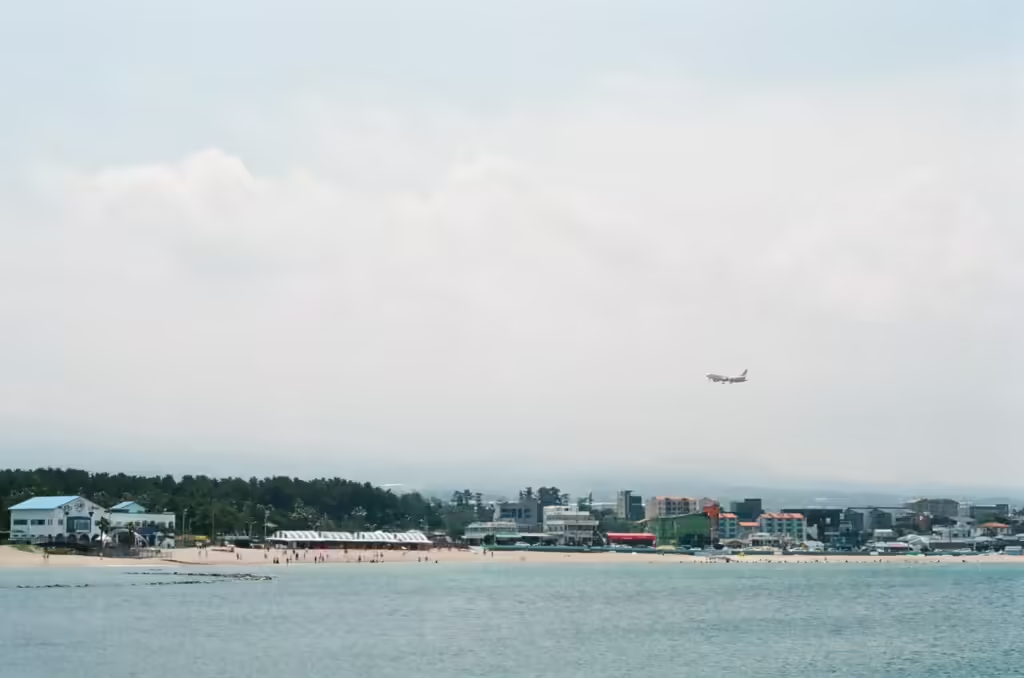
Respect Local Customs
- Dress Modestly: When visiting temples or cultural sites, ensure your attire is respectful.
- Ask for Permission: Always ask before taking photos of locals or private residences.
Getting Around
- Rent a Car: The best way to explore Jeju Island is by renting a car. It gives you the flexibility to visit remote attractions.
- Public Transportation: Buses are available but can be less convenient for reaching some attractions.
Accommodations
- Traditional Hanok Stays: For a unique experience, consider staying in a traditional Korean house.
- Hotels and Guesthouses: There are plenty of options ranging from luxury hotels to budget-friendly guesthouses.
- Goshiowon: If you want to stay long-term in Jeju, try a goshiwon.
Lesser-Known Attractions
Spirited Garden
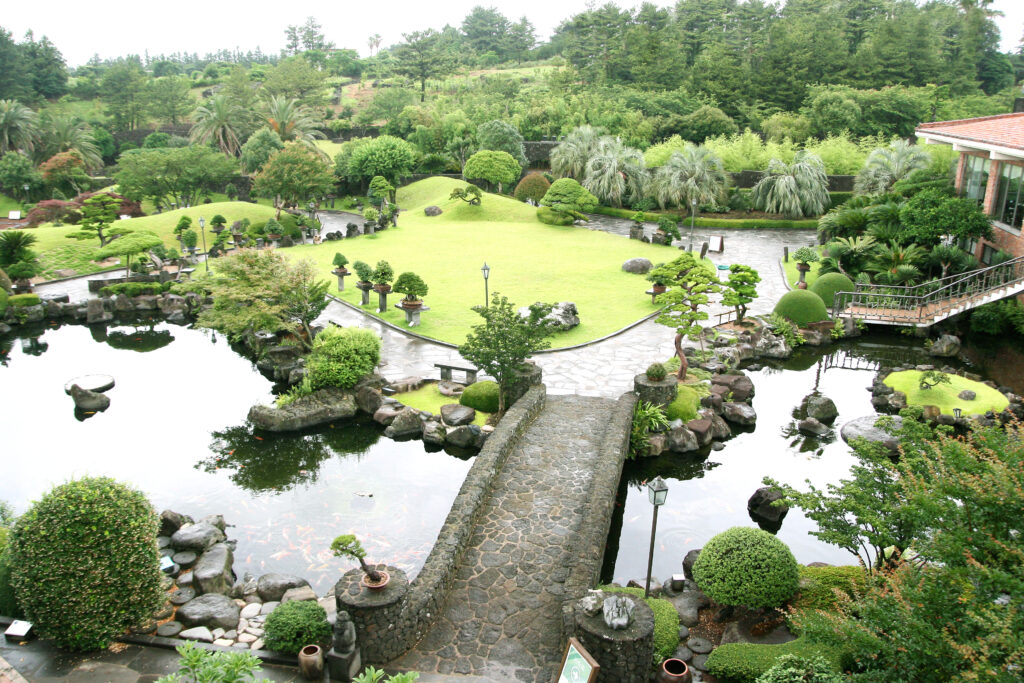
A beautifully landscaped garden featuring bonsai trees, ponds, and waterfalls. It’s a serene spot often missed by tourists.
Jeju Haenyeo Museum
Learn about the unique culture of the Haenyeo, the female divers of Jeju, who harvest seafood by free diving.
Camellia Hill
A large botanical garden showcasing various species of camellias. It’s especially beautiful in winter when the flowers are in full bloom.
Conclusion
Jeju Island offers a diverse range of experiences, making it a perfect destination year-round. With these seasonal itineraries, practical travel tips, and recommendations for lesser-known attractions, you’ll be well-prepared to explore this beautiful island. Enjoy your journey and remember to respect the local culture and environment.
Happy travels!
Korea’s Exclusive Accommodation Platform for Foreigners
🏠 Now, Popular Accommodations

